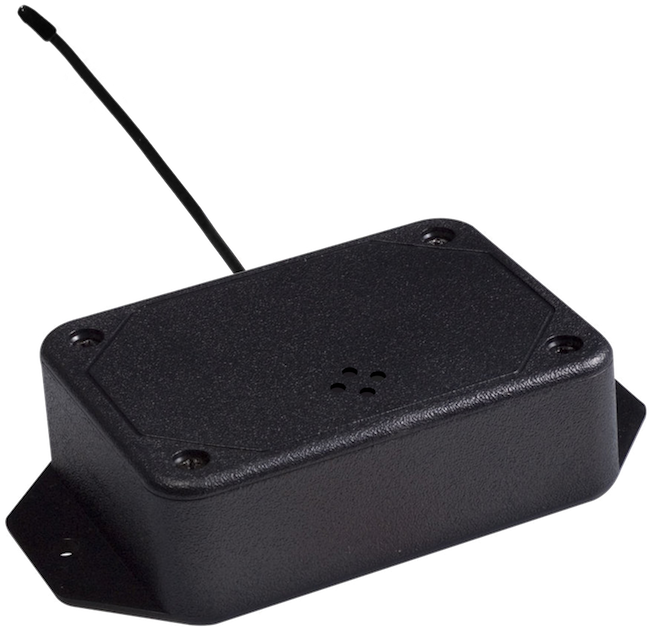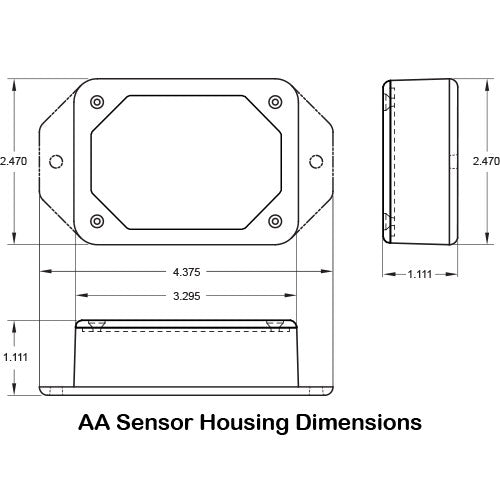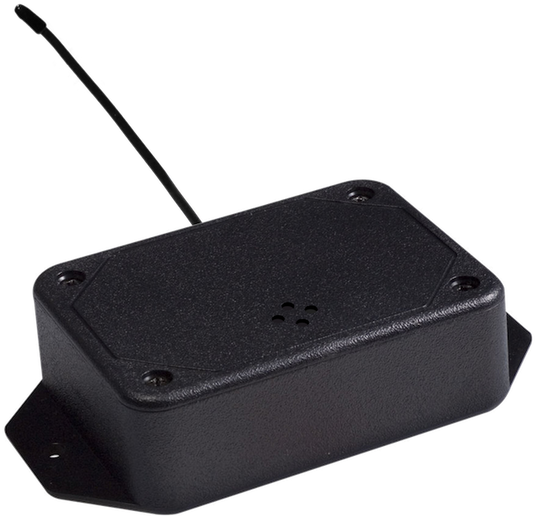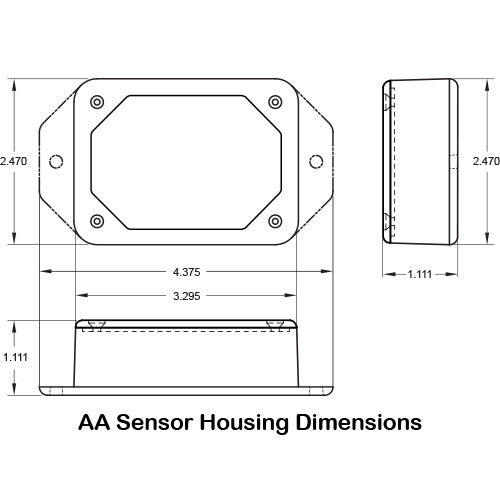



Frequently Asked Questions
Understanding CO2 Levels for Optimal Ventilation and HVAC Performance
CO2 concentration is a key indicator of how well a facility's ventilation system is functioning. Here's how it provides valuable insights:
- Ventilation Efficiency: When CO2 levels are high, it suggests inadequate ventilation, as the system is not effectively removing the carbon dioxide generated by occupants. Conversely, low CO2 levels indicate that fresh air is adequately circulating, which helps in maintaining a healthy indoor environment.
- HVAC System Calibration: Monitoring CO2 concentrations can also signal how well an HVAC system is calibrated. If CO2 levels persistently stay above recommended thresholds, it may imply that the HVAC system requires recalibration or maintenance to optimize its performance and ensure that air is being properly exchanged.
Regularly tracking these CO2 metrics allows facility managers to make necessary adjustments, ensuring both environmental comfort and system efficiency. This not only enhances air quality but also optimizes energy usage, potentially leading to cost reductions.
Wireless carbon dioxide (CO2) sensors play a crucial role in maintaining a healthy workplace environment. Here's how they work to safeguard both employee wellness and productivity:
- Real-Time Monitoring: These sensors continuously track CO2 levels within the facility, ensuring that air quality is maintained at safe and comfortable standards. By constantly measuring the concentration of CO2, they help in identifying areas where ventilation may be inadequate.
- Preventing Fatigue and Enhancing Focus: High CO2 concentrations can lead to fatigue and a decrease in cognitive function, directly affecting productivity. By keeping CO2 levels in check, employees can remain alert and focused throughout the workday.
- Automated Alerts: When CO2 levels exceed safe thresholds, the system automatically sends notifications via text, email, or phone call to designated personnel. This allows for quick intervention to improve air circulation and maintain optimal working conditions.
- Reducing Health Risks: Prolonged exposure to high CO2 levels can trigger symptoms like nausea and vomiting. By providing continuous feedback, the sensors help prevent such health issues, thereby reducing sick days and enhancing overall employee well-being.
By integrating wireless CO2 sensors into the workplace, companies are better equipped to create a safe and healthy environment that supports both employee welfare and operational efficiency.
CO2 Sensor Overview
Key Features
- Detection Range: The sensor precisely measures carbon dioxide levels from 0 to 10,000 parts per million (ppm), making it suitable for a wide range of environments.
- Power Source: Operates on AA batteries, ensuring a remarkable battery life of more than 10 years. Alternatively, it can be configured with line power and includes a battery backup for added reliability.
- Measurement Capabilities: Provides both instantaneous CO2 readings for real-time monitoring and an 8-hour time-weighted average for comprehensive data analysis.
- Control Options: Choose between a simple on/off switch or a combination of line power with battery backup for uninterrupted operation.
Additional Features
- Extended Range: Capable of transmitting data over distances exceeding 1,200 feet, allowing for expansive network coverage without compromise.
- Automated Data Logging: Built-in capabilities for recording data automatically ensure seamless integration with existing systems and simplify compliance requirements.
Benefits
- Superior Range: Enables easy integration into large networks, minimizing connectivity issues and enhancing data reliability.
- Long-Term Operation: With up to 12 years of battery life, this sensor offers dependable and maintenance-free performance, reducing the need for frequent battery replacements.
- Efficient Compliance and Analysis: Streamlines data collection and analysis processes, supporting regulatory compliance and offering valuable insights for decision-making.
This CO2 sensor is designed to provide users with cutting-edge technology and peace of mind, ensuring accurate readings and long-lasting performance.
The CO2 sensor boasts a measurement capability that spans 0 to 10,000 parts per million (ppm). This wide range ensures accurate monitoring across various environments.
Power Options
- Battery Power: Operates with AA batteries, offering an impressive lifespan of over 10 years.
- Power Flexibility: Includes options for a simple on/off switch or can be connected to line power. For added convenience, the line-power version comes with a battery backup and its own on/off switch.
These features make it a versatile tool for ensuring reliable CO2 level monitoring.
Potential Health Effects of Rising Carbon Dioxide (CO2) Concentrations in Facilities
As CO2 levels increase within enclosed spaces, several health concerns may arise that occupants need to be aware of:
- Fatigue: When CO2 concentrations climb, individuals often experience a marked decrease in energy and increased tiredness. This can lead to reduced productivity and lack of focus in work environments.
- Cognitive Impairment: Higher levels of CO2 can impair cognitive function, affecting decision-making processes and mental clarity.
- Nausea and Vomiting: Prolonged exposure to elevated CO2 levels may exacerbate discomfort, leading to nausea and, in more severe cases, vomiting.
- Respiratory Issues: In extreme situations, breathing difficulties may occur, which is particularly concerning for individuals with preexisting respiratory conditions.
To maintain a safe and healthy indoor environment, it is critical to monitor air quality and ensure proper ventilation. Addressing these issues promptly can help mitigate the potential negative health effects associated with increased CO2 concentrations.


